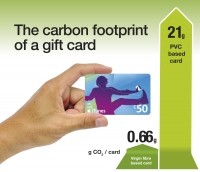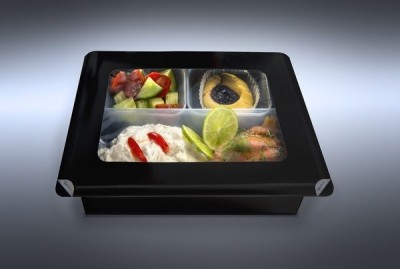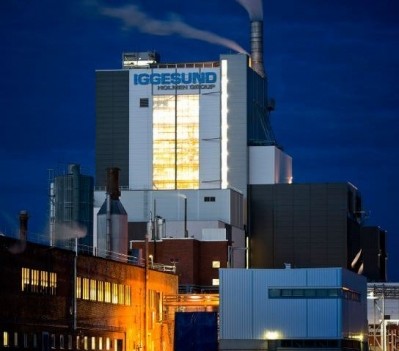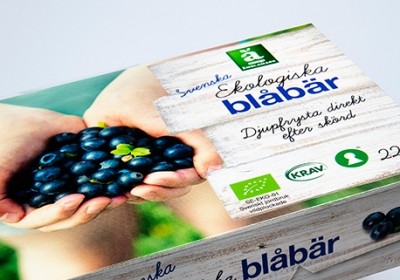Bristol students partner with Iggesund Paperboard on its Christmas card assembly
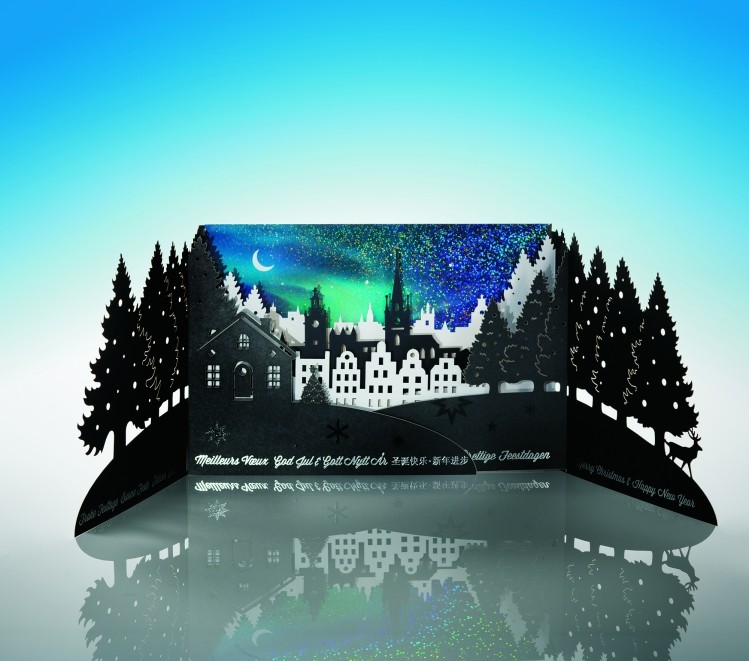
This year’s card was designed by Papersmyths, printed by Taylor Brothers, both in Bristol, and the laser cutting by Lasercraft in Huntington, UK.
Holographic twinkling foil
The card is in the form of an altarpiece whose laser-cut doors form the outline of a forest. They open to reveal a city skyline in several layers, whose relationship to each other depends on how wide the doors are opened.
“The shimmering effect is created with a clear holographic twinkling foil, with the moon and stars reversed out,” said Iain Smyth of Papersmyths.
“The forest and city silhouettes are finely laser cut and decorated with spot UV ink stars, with Christmas greetings in silver foil blocking to create an exciting scene.”
On a serious note, the company is urging consumers to replace plastic gift cards in the form of a credit-card-sized PVC card with ones made of virgin fibre paperboard
US debate about carbon emissions
Jonas Adler, business development director, Iggesund Paperboard, said there has been a debate in the US about the carbon emissions from plastic gift, discount and membership cards for some time, which has led to a growing demand for gift cards made of paperboard. This trend is now making its way to Europe.
“A number of American manufacturers have chosen paperboard as the base material for their cards for environmental reasons,” he said. “European manufacturers are now also considering the environmental effects of their choice of material. Normally Europe is ahead of the US when it comes to reducing this type of emission but in this case we are lagging behind.”
According to statistics, the US produces five plastic cards per inhabitant per year. The equivalent for Europe would mean the production of 2.5bn cards annually, resulting in the emission of 52,500 tonnes of fossil carbon dioxide.
